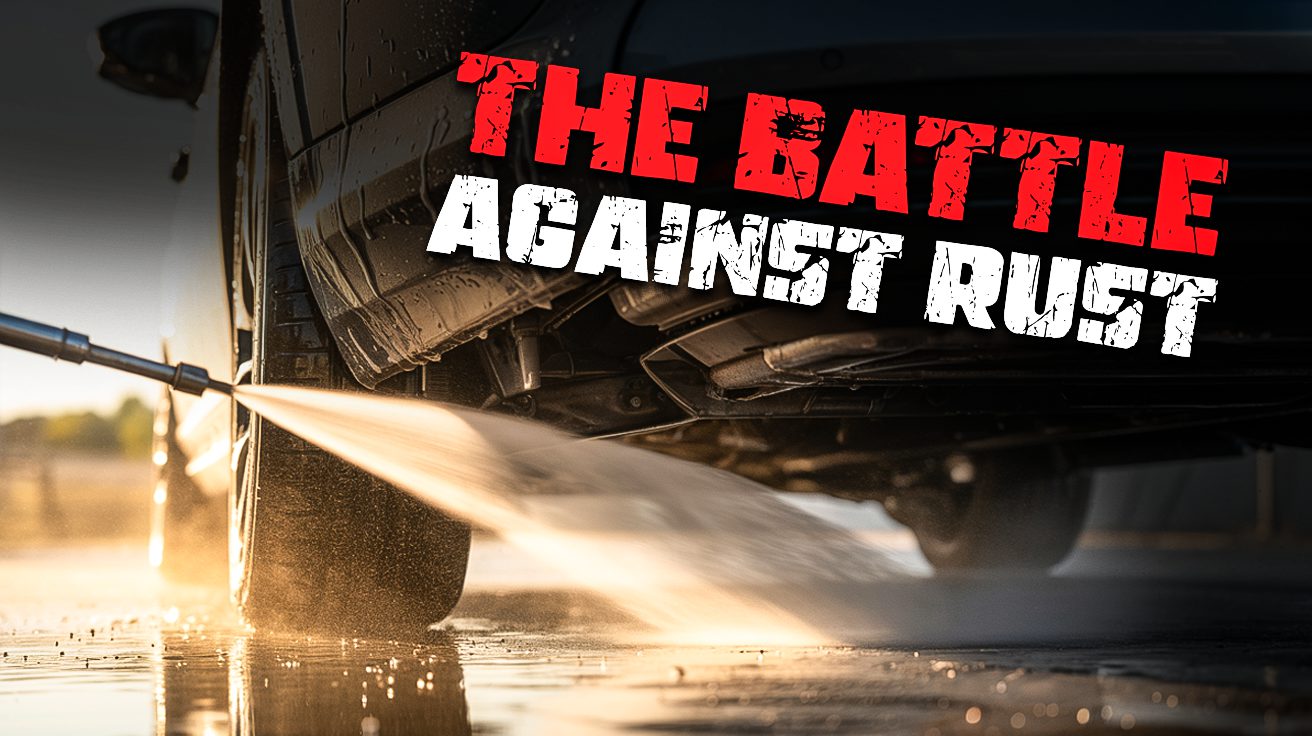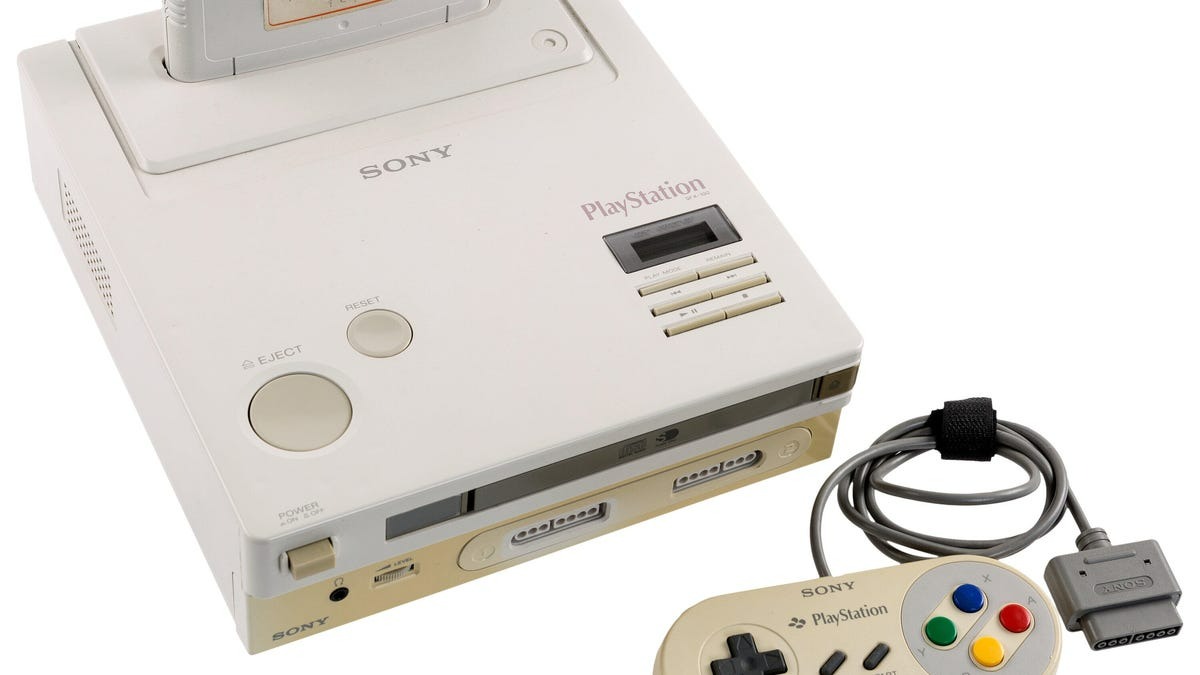Automotive rust drains American wallets of roughly $20 billion annually—enough cash to fund several moon missions instead of watching cars crumble like stale cookies. Living in the salt belt or near coastlines means your ride faces a constant battle against corrosion. These aren’t just temporary fixes; they’re battle-tested strategies to keep your vehicle looking pristine rather than apocalyptic. We’ve sifted through research, expert advice, and enough data to make scientists jealous, delivering only the tactics that deliver real results.
9. Aftermarket Rust Proofing

Annual oil sprays and permanent coatings offer serious protection against corrosion’s costly assault.
Over $20 billion gets spent annually in the US repairing rust damage—money that could buy a lot more fun stuff than replacement panels. Slathering your ride in aftermarket rustproofing works like wrapping your grandmother in bubble wrap: maybe excessive, but definitely protective. Choose between annual oil-based sprays and permanent undercoatings. Oil sprays like Fluid Film work brilliantly for older vehicles, while permanent undercoating belongs only on brand-new cars with zero existing rust.
Dealerships often push rustproofing for $400 to $800, which qualifies as highway robbery. Hit up an independent mechanic instead—they typically charge significantly less for identical service. Just ensure your car sparkles cleaner than your reputation before sealing it up. Automakers occasionally mess up with recalls, so extra protection never hurts your investment.
8. Undercarriage Maintenance
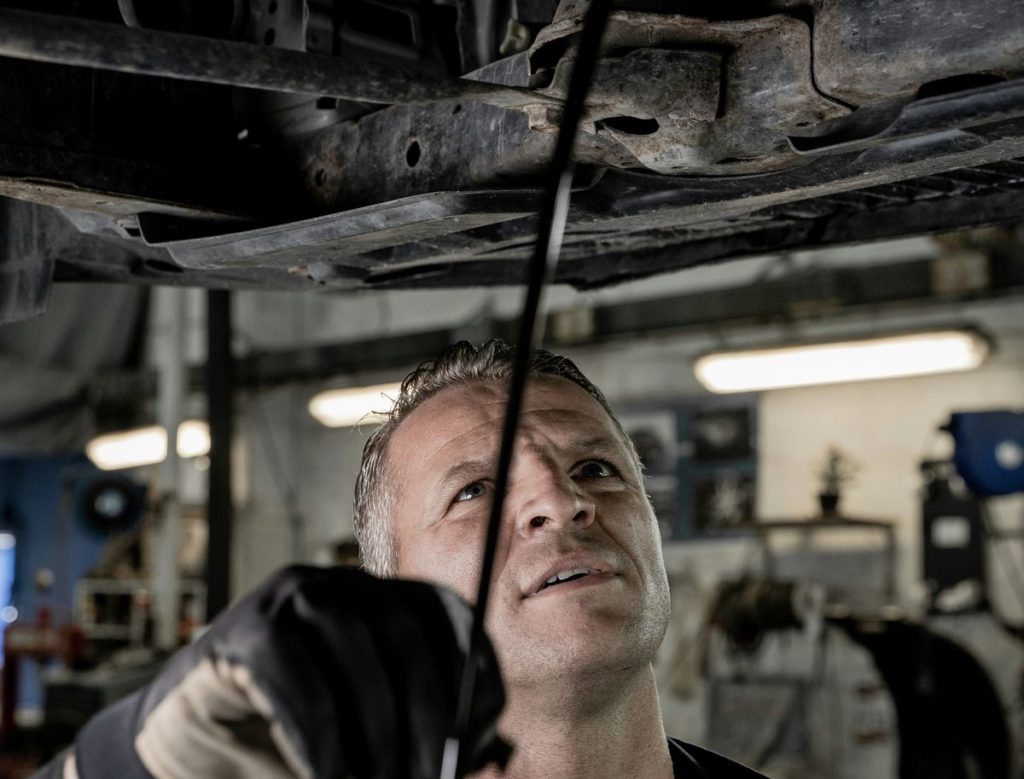
Regular pressure washing removes destructive salt buildup that standard car washes barely touch.
Standard car washes give undercarriages the weakest shower imaginable—like using squirt guns against house fires. Salt-laden brine accelerates steel corrosion dramatically compared to plain water, making regular washing absolutely vital for anyone facing winter road treatments. Dropping $30 on an undercarriage pressure washer attachment for home use beats expensive corrosion repairs later.
Neglecting undercarriage hygiene significantly speeds up rust formation. Think of those few pressure-washing minutes as cheaper therapy than discovering rust devouring your ride. DIY your way to rust-free driving by making this simple maintenance routine non-negotiable.
7. Hidden Water Drains
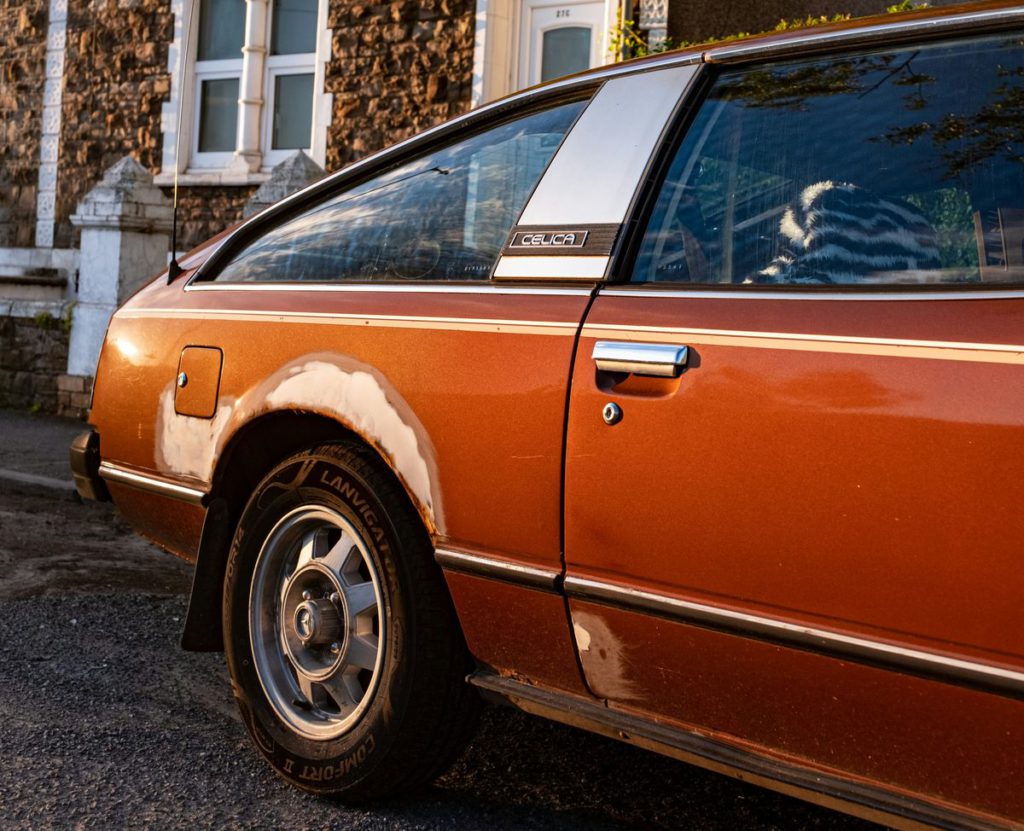
Clearing clogged drainage points twice yearly prevents trapped moisture from accelerating corrosion.
Vehicles with blocked sunroof drains suffer dramatically higher corrosion rates—basically discovering your health smoothie contains rust milkshake ingredients. Neglecting these tiny escape routes in sunroofs, doors, windshields, and gas tank areas traps water, creating perfect rust incubators. Eventually, innocent puddles transform your ride into modern decay art.
Clearing these drains twice yearly works like relationship check-ins for your car. Grab weed eater string or flexible wire for automotive acupuncture—minus the zen music. This simple maintenance prevents discovering bubbling paint too late, when those sneaky puddles have already plotted against your investment.
6. Lenoline-Based Sprays

Wool grease-based products create effective water barriers that repel moisture for years.
Prevention costs far less than cure, especially regarding rust warfare. DIY sprays like Fluid Film or Surface Shield use lenoline—fancy terminology for wool grease—creating water-repelling shields that block rust formation. Think of giving your car sheep’s natural weather defenses, minus the bleating soundtrack.
For used car owners, this strategy shines: reapply every 2 to 3 years, or annually in salt belt territories. Avoid spraying rubber components or brakes unless you’re auditioning for automotive horror movies. Smart application keeps your ride protected without creating safety hazards.
5. Heated Garages
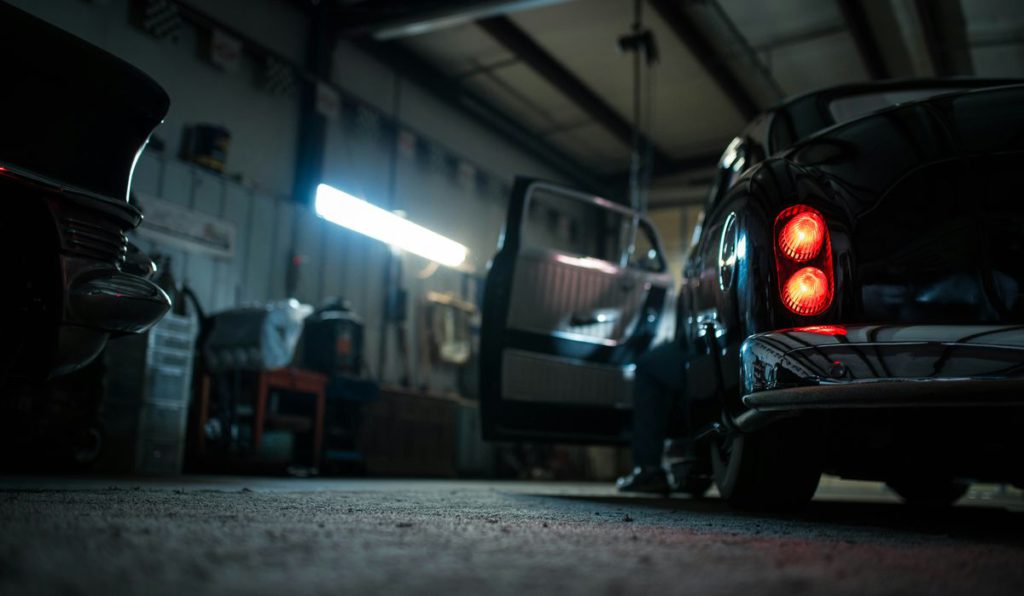
Cool, dry, well-ventilated storage beats warm garages that accelerate corrosion when salt’s present.
Cold weather doesn’t cause rust—that’s mythology easier to believe than finding downtown parking. Heated garages might feel like cozy car spas, but they backfire spectacularly. Temperature increases accelerate corrosion significantly when moisture and salt combine. Parking your ride in warm garages after braving icy roads creates rust marinades.
Better moves include parking outside or using cool, dry, well-ventilated garages. Think industrial fans and dehumidifiers rather than Netflix-and-chill vibes, but effectiveness matters more than ambiance. Power-wash that undercarriage before any heating—otherwise you’re creating five-star rust resorts.
4. Rubber Floor Mats
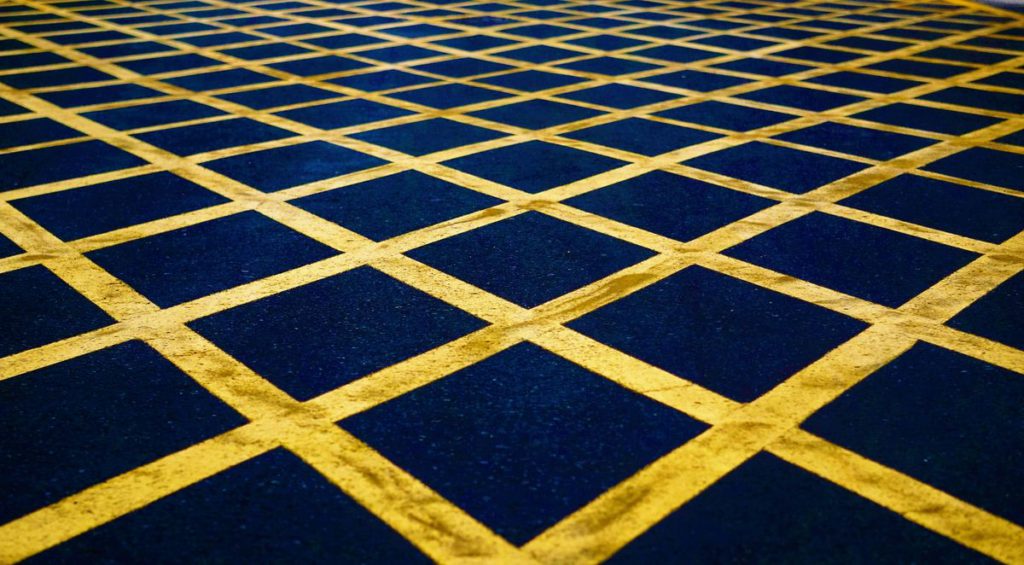
Removing wet mats allows carpets to dry completely, preventing hidden floor pan corrosion.
Ever noticed rust partying beneath car carpets? Blame the bouncer—your rubber floor mats. Designed for interior protection, these mats trap moisture, creating ideal corrosion breeding grounds. Picture poorly managed nightclubs where water crashes the VIP section of your floor pan uninvited.
After wet drives, yank those rubber mats to let carpets breathe properly. Industrial fans speed up drying for quick turnarounds. Ignoring this step resembles forgetting mob debts—consequences arrive eventually. This simple action prevents serious rust damage that costs more than Vegas weekends.
3. Parking Spot Selection

Carports provide optimal protection by shielding vehicles from UV damage while maintaining ventilation.
Parking choices carry expensive consequences when direct sun exposure or unpaved surfaces attack your investment. Parking under relentless sunshine destroys protective coatings through UV damage, racking up repair bills faster than you can say “touch-up.” Unpaved surfaces prove equally destructive when morning dew transforms undercarriages into rust-friendly swamps.
Carports offer superior solutions—shielding vehicles from elements while providing optimal ventilation and dodging sneaky repair costs. Picture your car enjoying its own VIP lounge experience. Smart parking under carports gives rides fighting chances while keeping wallets happier long-term.
2. Salt Neutralizers

Surfactant-based washes break down clinging brine molecules that accelerate undercarriage corrosion.
Road salt prevents accidents but causes billions in annual vehicle damage nationwide. Deicing brine—winter roads’ salty preemptive strike—clings to undercarriages like scorned exes. Winter hits, roads get brined, and suddenly rides age in dog years rather than human time.
Salt-neutralizing washes work like chassis therapists, targeting salt molecules with Roomba-like determination against dust bunnies, but for rust prevention. Combine these specialized washes with pressure washing for upgraded protection games. Before winter transforms beloved cars into science projects, proactively neutralize that destructive salt buildup.
1. Annual Rust Inspection

Professional inspections or thorough DIY checks catch developing rust before major repairs become necessary.
Prevention beats cure, especially when battling automotive rust—unless you enjoy driving modern oxidized metal sculptures. Annual deep dives require channeling inner mechanics with bright lights and basic tools. Phone flashlights work fine unless you prefer fancy equipment for the job.
Start by crawling under rides to inspect undercarriages, frame rails, suspension, and floor pans. Imagine spelunking expeditions, except hunting orange peril instead of bats. Next, examine door frames and wheel wells, searching for bubbling paint, flakes, or small chips. Spot anything suspicious? Deal with it immediately. Unchecked surface rust spreads faster than gossip at reality TV reunions.


